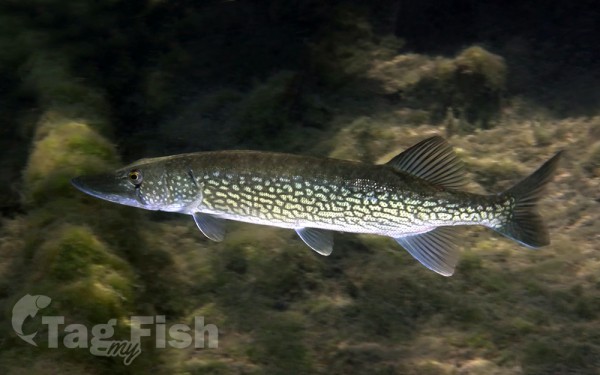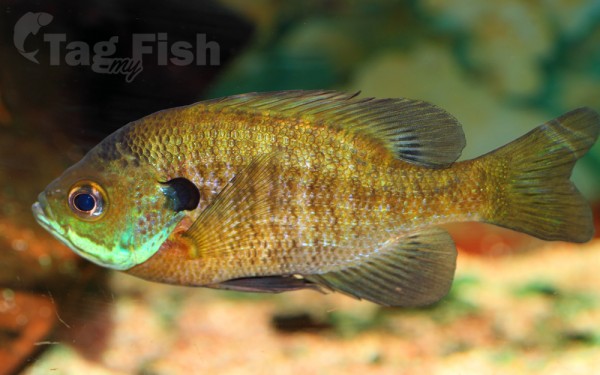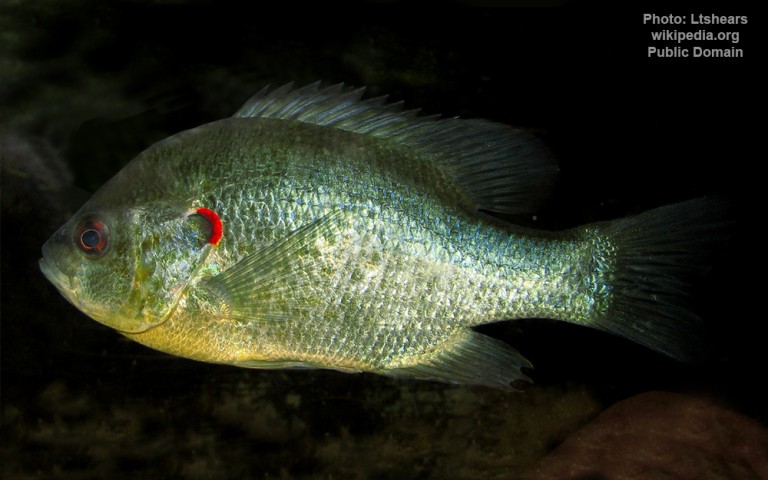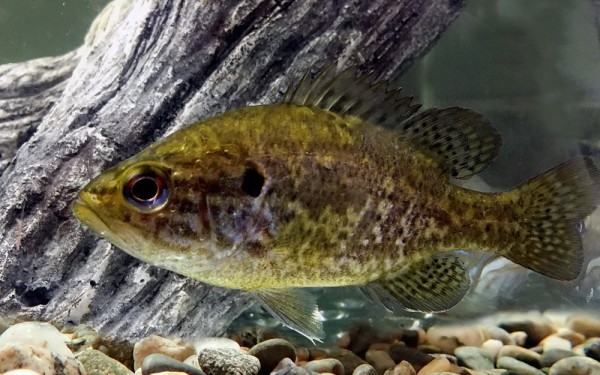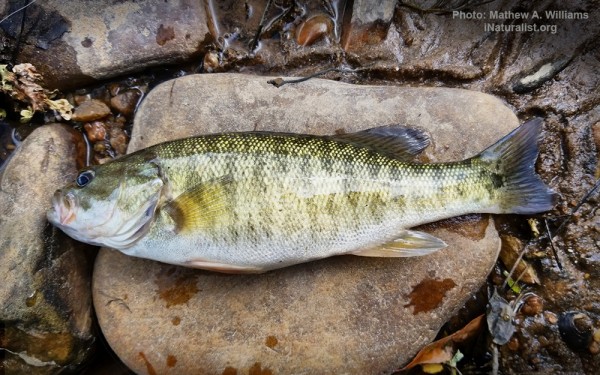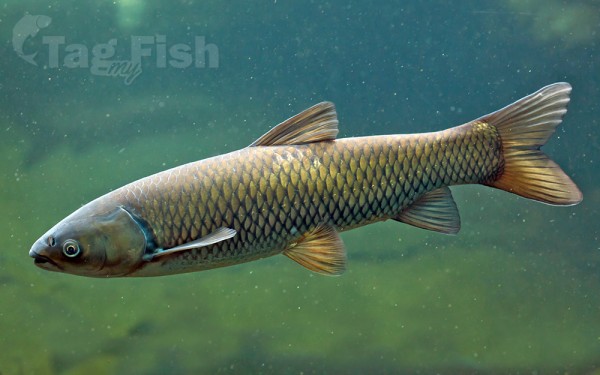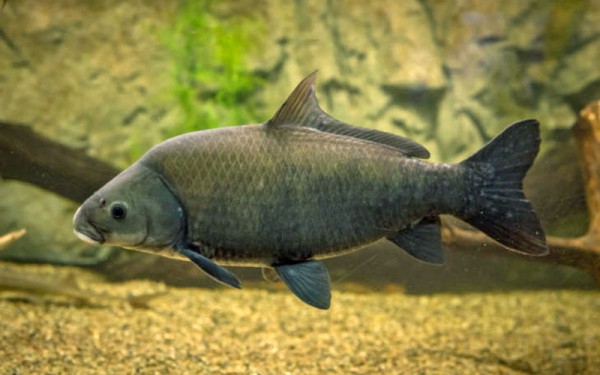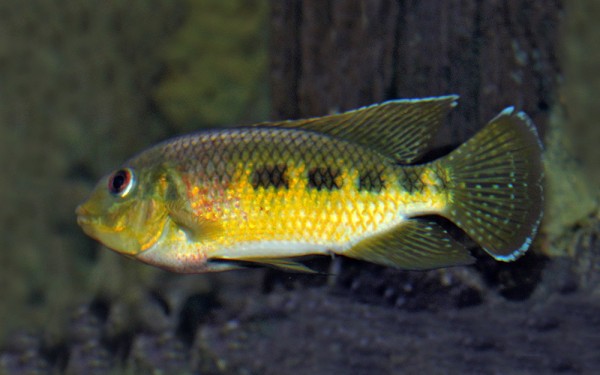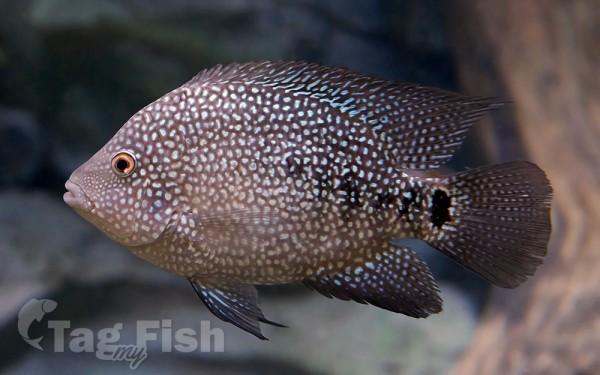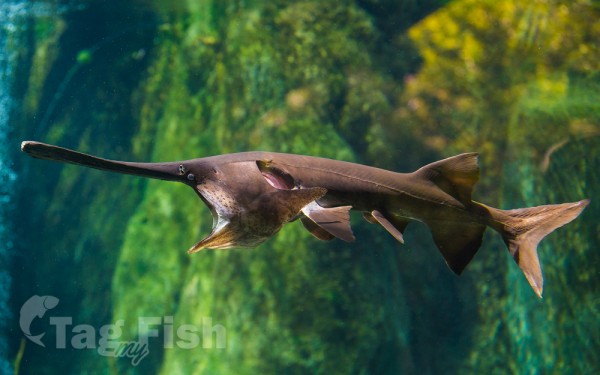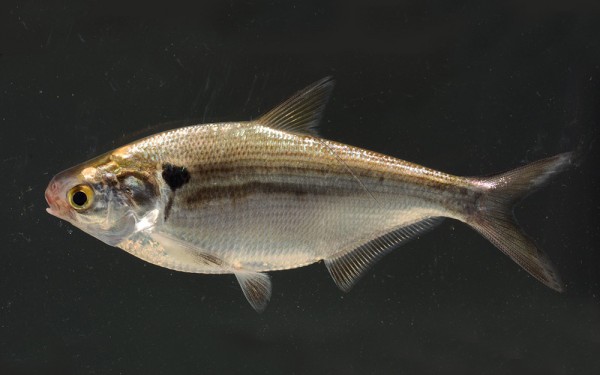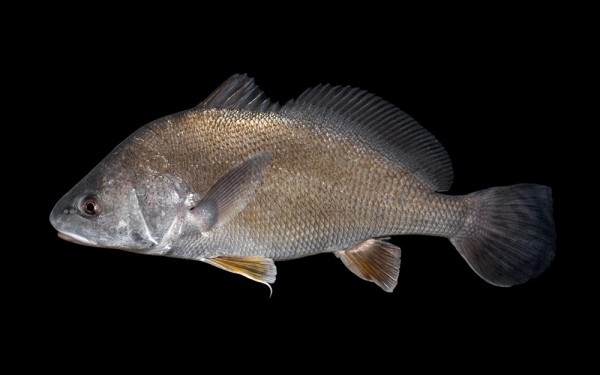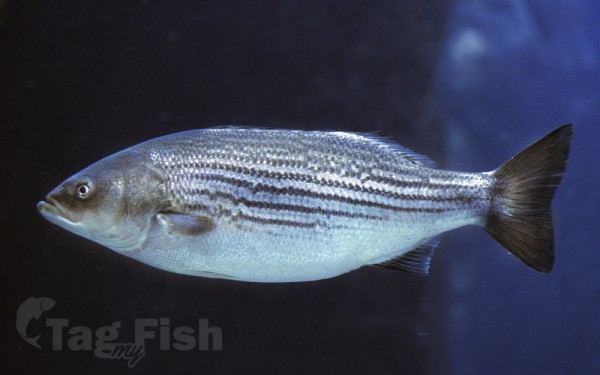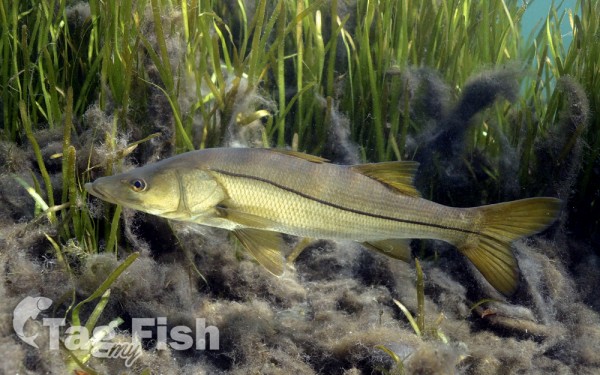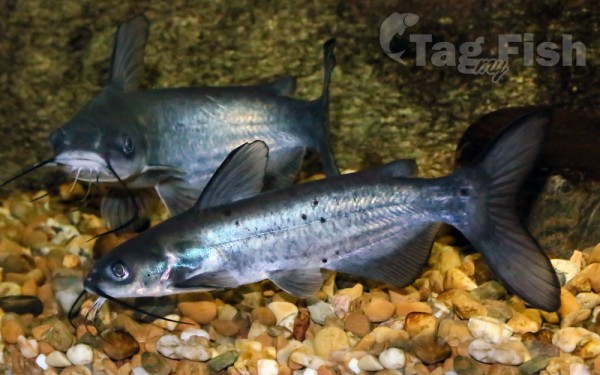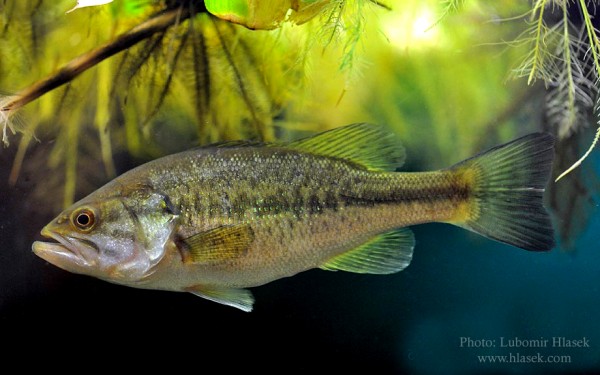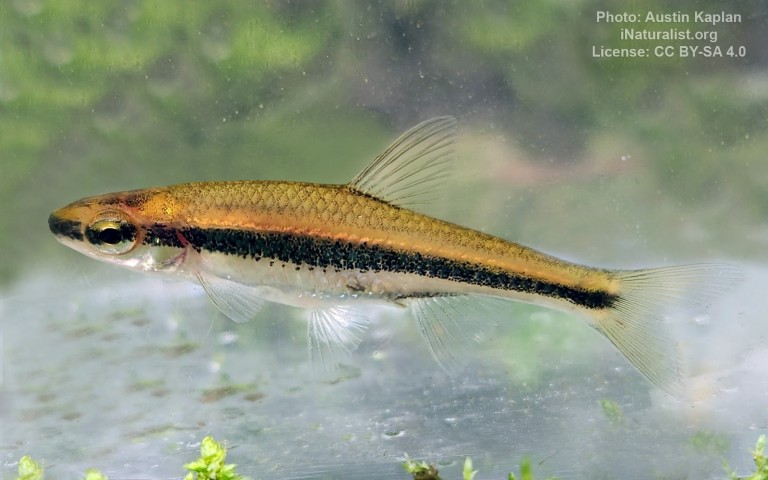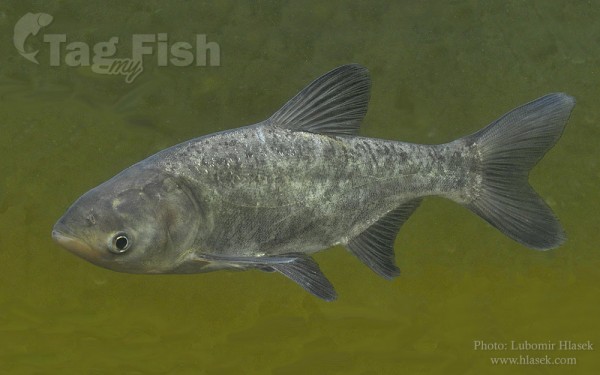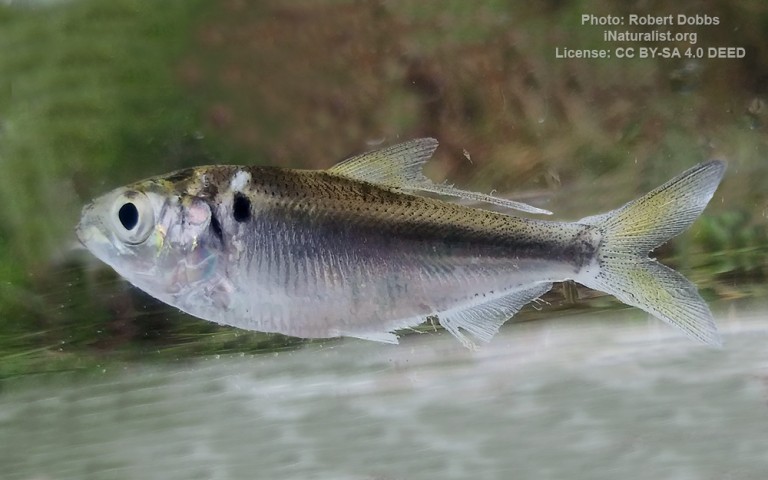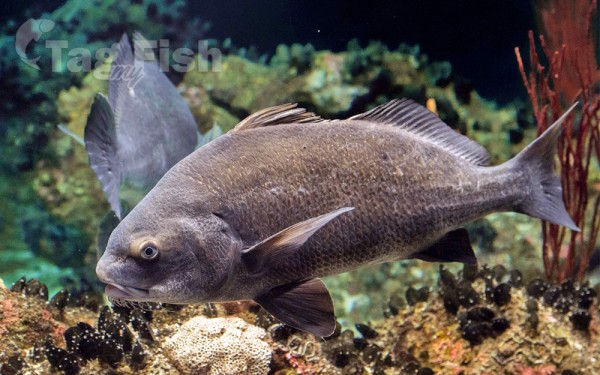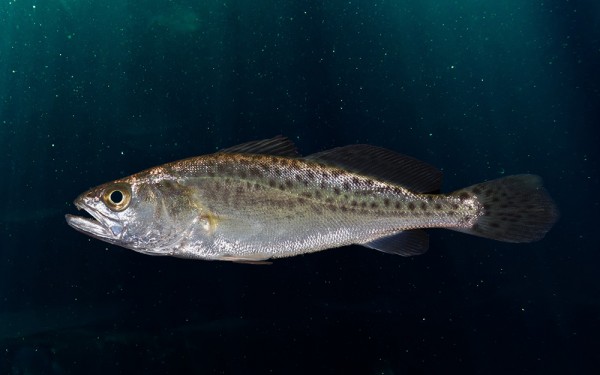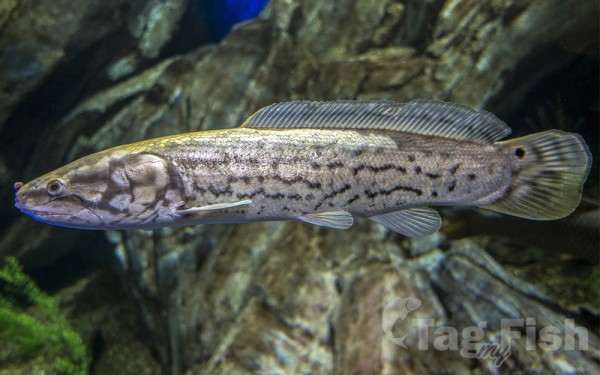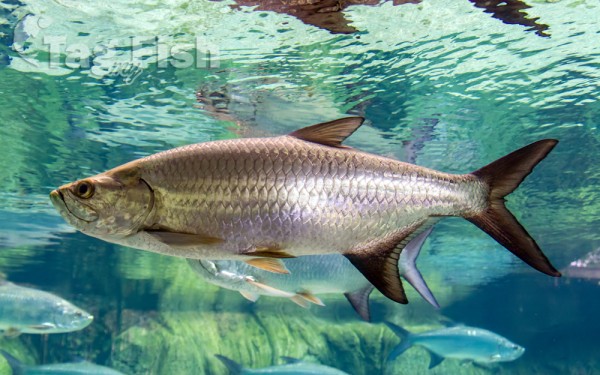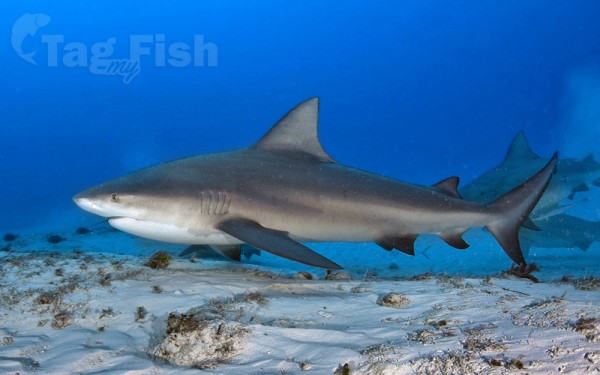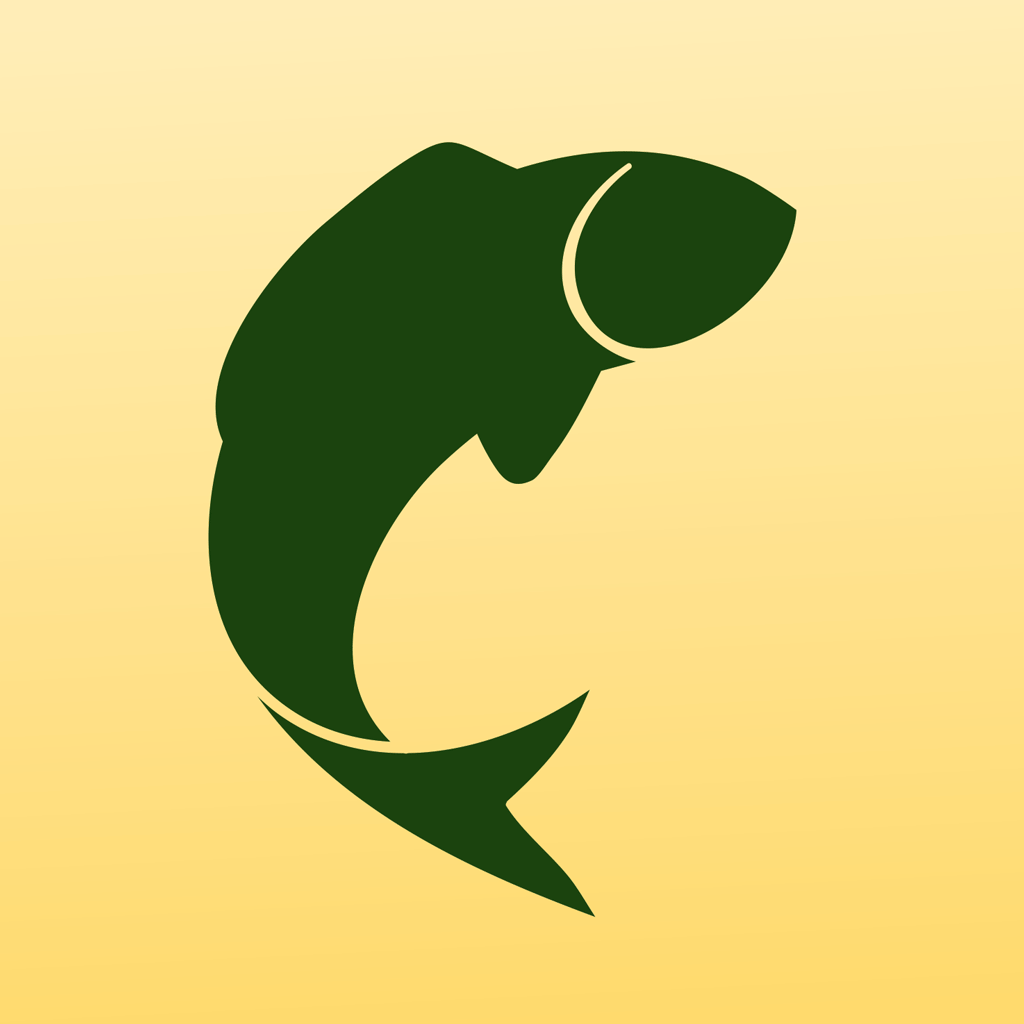Lake Okeechobee
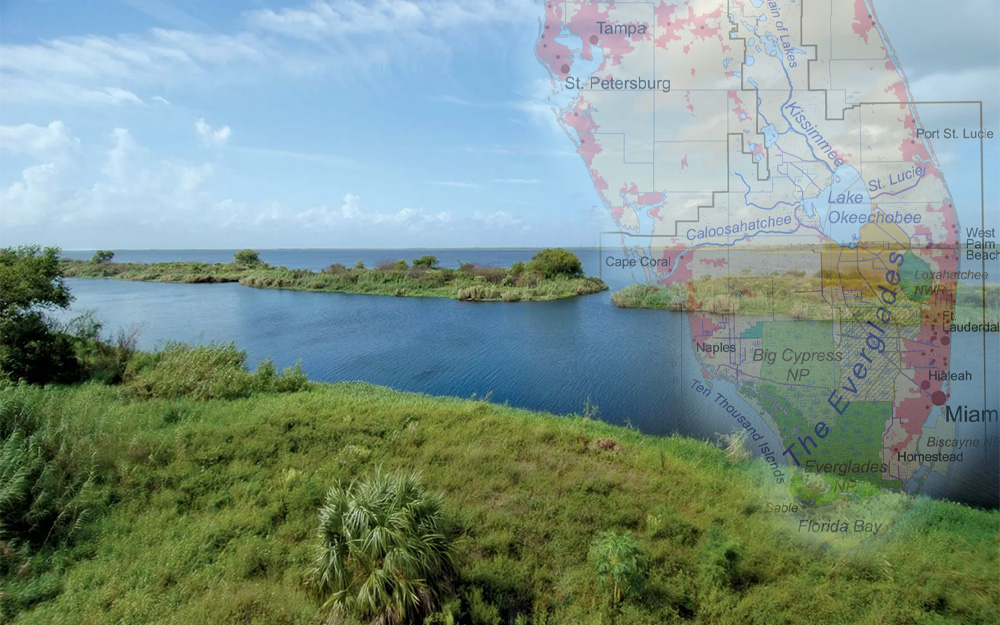
Perciformes - Perches
Esociformes - Pikes
Siluriformes - Catfishes
Centrarchiformes - Basses and sunfishes
Cypriniformes - Carps
Cichliformes - Cichlids
Acipenseriformes - Sturgeons and Paddlefish
Lepisosteiformes - Gars
Clupeiformes - Herrings
Acanthuriformes - Surgeonfishes
Anguilliformes - Eels and morays
Moroniformes - Temperate basses
Perciformes - Perches
Esociformes - Pikes
Siluriformes - Catfishes
Centrarchiformes - Basses and sunfishes
Cypriniformes - Carps
Cichliformes - Cichlids
Acipenseriformes - Sturgeons and Paddlefish
Lepisosteiformes - Gars
Clupeiformes - Herrings
Acanthuriformes - Surgeonfishes
Anguilliformes - Eels and morays
Moroniformes - Temperate basses
Amiiformes - Bowfins
Spariformes - Breams and porgies
Carangiformes - Jacks
Elopiformes - Tarpons and tenpounders
Cyprinodontiformes - Toothcarps
Carcharhiniformes - Ground sharks
Perciformes - Perches
Esociformes - Pikes
Siluriformes - Catfishes
Centrarchiformes - Basses and sunfishes
Cypriniformes - Carps
Cichliformes - Cichlids
Acipenseriformes - Sturgeons and Paddlefish
Lepisosteiformes - Gars
Clupeiformes - Herrings
Acanthuriformes - Surgeonfishes
Anguilliformes - Eels and morays
Moroniformes - Temperate basses
Amiiformes - Bowfins
Spariformes - Breams and porgies
Carangiformes - Jacks
Elopiformes - Tarpons and tenpounders
Cyprinodontiformes - Toothcarps
Carcharhiniformes - Ground sharks
Lake Okeechobee also known as Florida’s Inland Sea, is the largest freshwater lake in the U.S. state of Florida.
It is the tenth largest natural freshwater lake among the 50 states of the United States and the second-largest natural freshwater lake contained entirely within the contiguous 48 states, after Lake Michigan.
Okeechobee covers 730 square miles (1,900 km2) and is exceptionally shallow for a lake of its size, with an average depth of only 9 feet (2.7 metres). It is not only the largest lake in Florida or the largest lake in the southeast United States, but it is too large to see across, giving it the feel of an ocean.
The Kissimmee River, located directly north of Lake Okeechobee, is the lake’s primary source.
The lake is divided between Glades, Okeechobee, Martin, Palm Beach and Hendry counties. All five counties meet at one point near the center of the lake.
The interconnected streams, rivers, and ponds that make up the Okeechobee basin are vital for Florida fish and wildlife. Its waters eventually end in the brackish estuary of the Everglades and provide flood drainage and water for the surrounding people and farms. They also create a beautiful natural habitat for fish, wading birds, and other freshwater species.
Lake Okeechobee teems with native wildlife, from birds to wild hogs, manatees to turkeys, as well as the occasional alligator. The main draw, however, is the burgeoning numbers of game fish. Rich enough to support both commercial and game fishing, Lake Okeechobee boasts the best bass fishing in the world. You can also catch what the locals call panfish, or bream and black crappie (speck), as well as sunfish, catfish, pickerel, bowfin, and gar.
Several bass species are found here, including white bass, sunshine bass, spotted bass, black bass, butterfly peacock bass, shoal bass, and striped bass.

